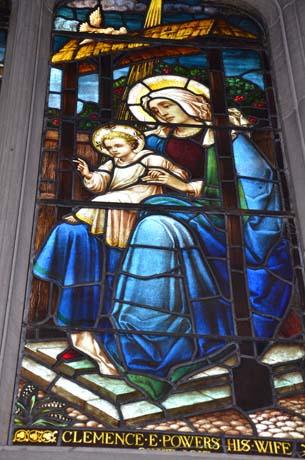
The incarnation is a challenging idea for most people. How does God become human in Jesus? And why?
At the altar railing I find that it is best to try to stoop and bend my knees when giving communion to small children. Their hands go together in an awkward, slightly disconnected way, trying to replicate their parent’s hands but they do not rest in each other the way older hands do when taking the wafer. And children’s eyes wander given that there is so much to see in church. So many colors. So many people. So much beauty. Then there is all the music. So, kids can be on a bit of stimulus overload.
Dropping a wafer into their hands with a robotic “The body of Christ…” seems so dishonoring to the sacrifices they have made to come to church and stay in their seat for the past hour. And if you do drop it in their hands, they often sort of fumble with it, glancing left and right for a reminder of what to do with it. Oh. Eat it. That’s right. I remember.
So crouching down into a squat and looking them in the eyes tends to say “I am here. Right here with you. Right now. And we can do this together.”
its not as easy as you think to crouch and squat in layers of clothing which inevitably gets all fought up under your shoe when you try to stand and move to the next communicant. But you do it in order to help someone along. You go to their level, physically. And you stay there a bit to say “I am right here.”
God did that by becoming meat, by becoming Jesus.
The pudgy, soft, vulnerable flesh is a symbol of a willingness to look us in the eyes, with eyes. It reorients the God of smoke, fire and brimstone. And it reorients us too. And like the three kings, we end up going home a different way.

